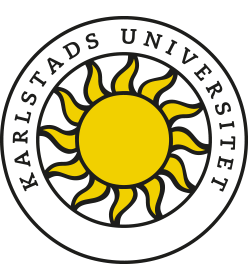”Det i sig selv værdifulde”
Om skjønnhetserfaringens relevans i den norske grunnskolens RLE- fag
Nyckelord:
NORWEGIAN PRIMARY AND LOWER SECONDARY SCHOOL, RE-SUBJECT, AESTHETIC EXPERIENCE, DORTHE JØRGENSENAbstract
In a verdict from The European Court of Human Rights in 2007 nine out of seventeen judges said that the Norwegian RLE-subject (Religion,Worldviews and Ethics) violated the parents’ right to give their children an education in conformity with their own religious and philosophical convictions. In the aftermath of this verdict, changes were made in the curriculum for the RLE-subject for Norwegian primary and lower secondary schools. The word experience was excluded from the curriculum, and engaging teaching methods were less emphasized. These changes should help to prevent the subject from being perceived as practice of religion rather than the communication of knowledge about religion and belief that the curriculum requires. The article concerns the aesthetic dimension of the RE-subject and asks whether aesthetic experiences are relevant to the RE-subject. The discussion is performed on the background of the curriculum for the RLE- subject and the national curriculum for primary and lower secondary school. The theoretical foundation is mainly derived from the Danish philosopher Dorthe Jørgensen's understanding of aesthetic experience. The discussion shows that aesthetic experience is not clearly expressed as an aim in the RLE- curriculum. Nonetheless such aesthetic experiences may have an important function in RE because they can help to fulfill the RLE-subject’s rationale, expressed in the curriculum’s formulations of purpose: to promote knowledge and understanding for religions and beliefs. A deliberate exclusion of the aesthetic experience could lead to a reductionist view, not only of artistic expression in RLE, but of art in general. To prevent students from experiencing the encounter with religious art as practice of a religion they do not identify with, the teacher may use narrative theory. In religious stories as well as religious art, the possibility to identify different dimensions is available: for example a dimension dealing with specific religious themes and a general existential dimension. These dimensions are an attempt to structure the possible diversity of interpretations facing both stories and art in RLE, and students may choose how they will relate to the dimensions mentioned. Such a strategy can be used in the face of visual art that may be at risk to generate religious experiences.


